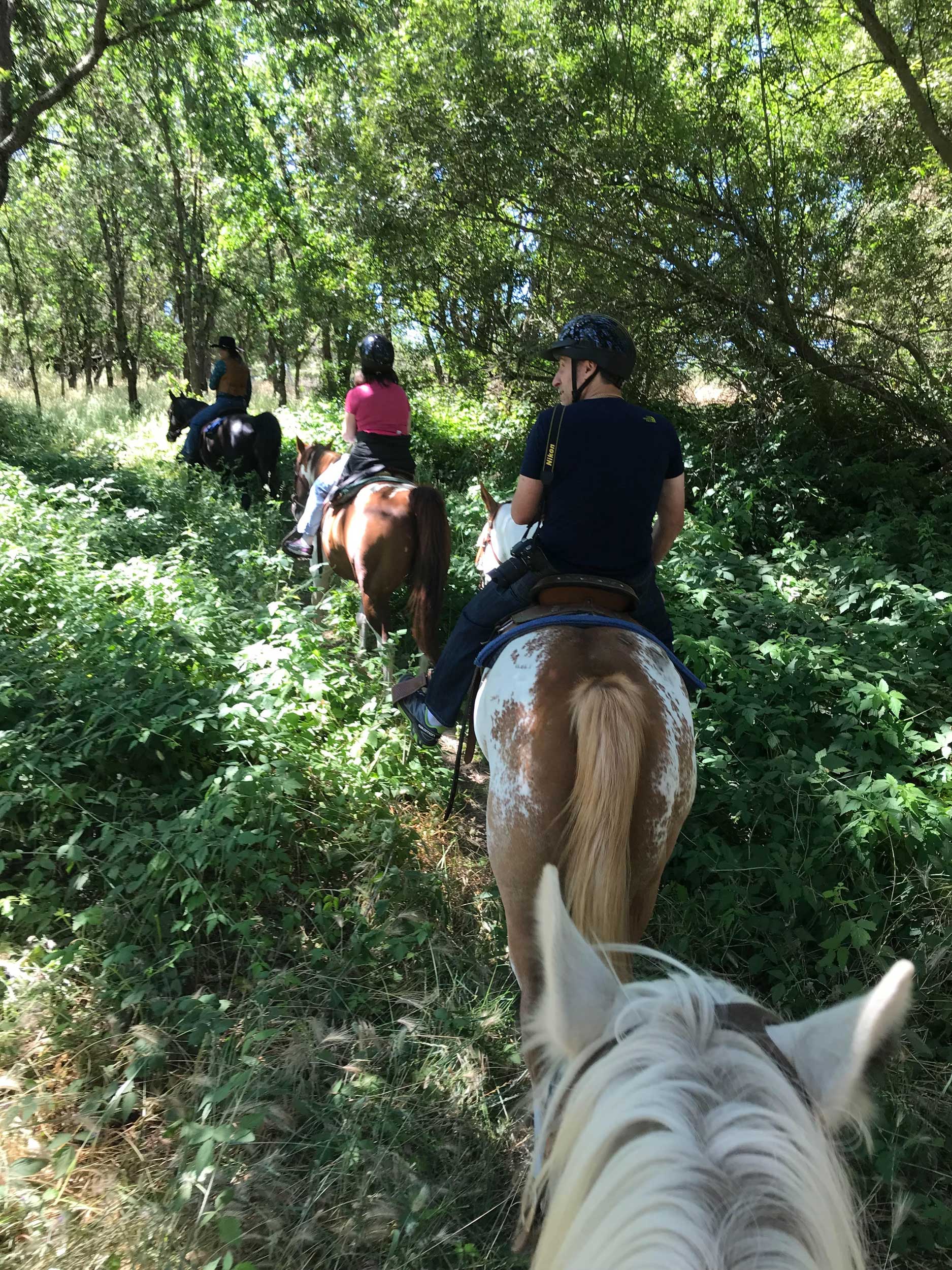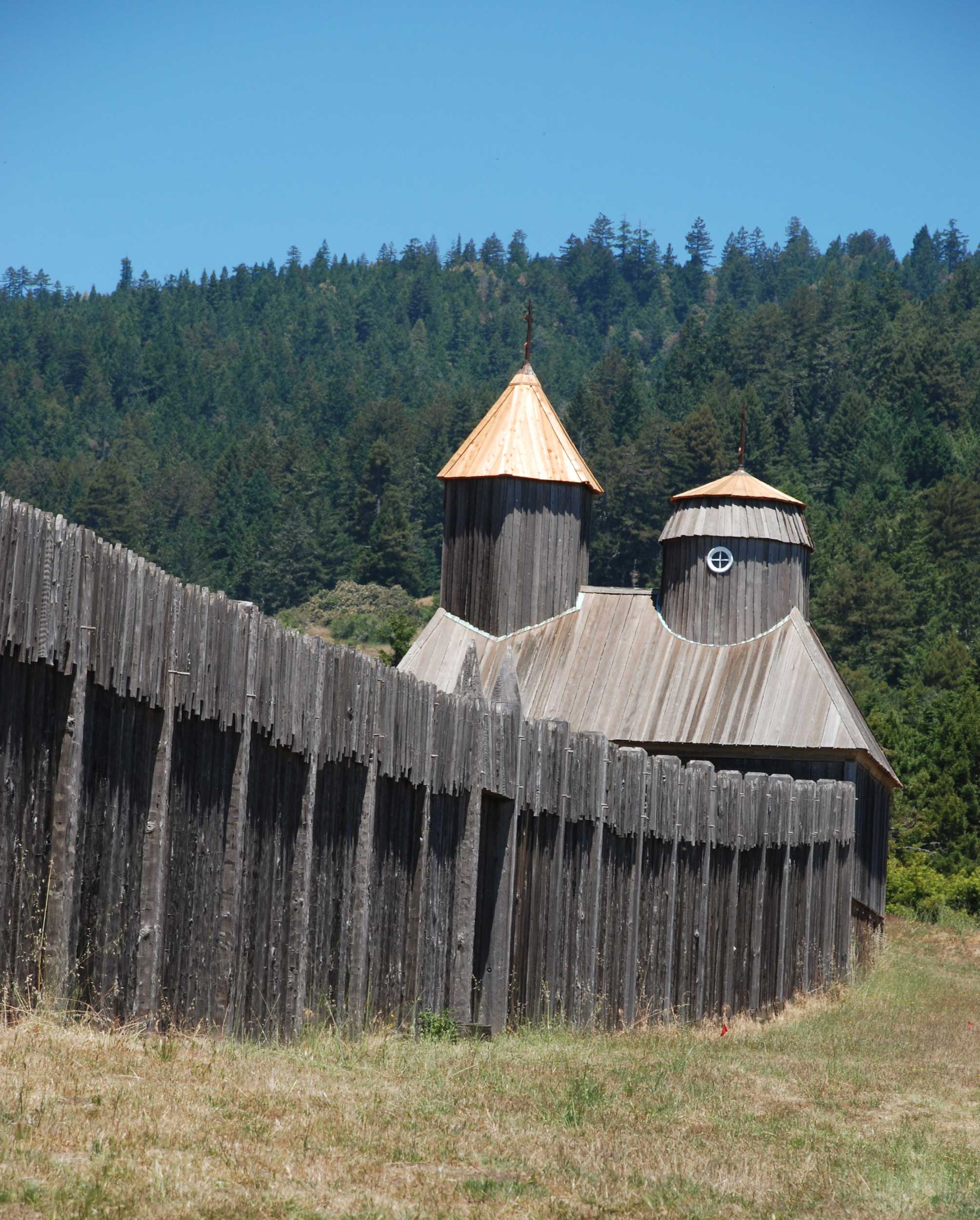There’s More to Sonoma County Than Vineyards and Food
Located approximately 45 minutes north of San Francisco, Sonoma County is one of California’s prime food and wine destinations, boasting hundreds of award-winning wineries and restaurants spread throughout the county. While food and wine may be the focal point for many visitors to Sonoma County, it is just one component of a memorable vacation in this part of the country.

When planning my getaway to northern California, I naturally included a two-day wine and olive oil-tasting itinerary, but also chose to include a selection of outdoor adventures that rounded out my vacation experience. Hiking, biking, horseback riding, kayaking, snorkelling and skiing are my go-to sports. In Sonoma County, I chose to experience horseback riding and hiking.
If I’m visiting a destination that is located near an ocean, I will instinctively find a way to spend at least one day exploring the coastline and this was also factored into my travel plans. Watching the waves ripple onto the beach and crash onto rugged formations, while local birds and wildlife add another layer to the sights and sounds around me, gives me a chance to reboot. Likewise, discovering interesting bits and pieces about a destination’s history adds to my understanding of the area. Usually, museums are the best source to discover local history. However, on this trip, the past rose to the surface in unexpected places, specifically at two state parks.
Horseback Riding at the Rollin F Ranch

To locate a horseback riding facility, I searched the Sonoma County’s website. Potential riding venues were spread over a large geographical area and different services and options were offered. To minimise our driving time, we selected the Rollin F Ranch, a family-operated ranch spanning four generations. Even though most Sonoma County vineyards and farms did not survive Prohibition, this ranch has existed for over 100 years.
The hour-long private trail ride offered views of the rolling countryside and mountain ranges in the distance. Local and migratory birds flew between the trees on the forested property as our guides, Nancy Fiddler and her daughter-in-law Melissa, described the organic, dry land farming techniques that are currently being used in their boutique vineyard and in other planting areas. Even though each aspect of their farming operation is labour-intensive, Melissa cheerfully stated, “I will never work a day in my life because I’m doing what I love.”
Drive to the Coast
The location of the Kenwood Inn & Spa offered outstanding opportunities to learn about wine and olive oil, and to indulge in local cuisine, but the boutique hotel was not convenient for a drive to the Pacific Coast. We traveled for more than an hour on meandering roads through Sonoma Valley to the Russian River, and eventually reached the coast at the town of Jenner.
Driving north on Highway 1 along the spectacular ocean coastline reinvigorated our senses as we inhaled deep breaths of the salty air and felt the sun’s rays through the windshield. Our goal was to reach Salt Point State Park, explore for a while, and then drive south along the coast until we reached Bodega Bay from where we would head east to Santa Rosa.
Salt Point State Park
Not knowing what we would encounter as we traveled further along the coast, we enjoyed the surprise of being met with stunning views as we drove. In various locations we would stop to take photos of the rocky shoreline which forms part of this 2400-hectare park and where thundering waves crash violently against the steep rock formations. Had it been wintertime and whale season, we may have walked closer to the kelp forests where the grey whales travel as they migrate south to Baja, California. In retrospect, it would have been worthwhile staying a little longer and following one of the trails that runs parallel to the coast, before continuing our journey down California State Route 1, also known as the Pacific Coast Highway.
Fort Ross State Park

It’s rare that a state park far exceeds my expectations but this one certainly did. I hadn’t been expecting to learn a whole new chapter of American history in this picturesque setting along the Pacific Ocean. Being unaware of the 19th century Russian presence in this region, I was amazed to discover that Russians, Native Alaskans, Creole and the indigenous Kashaya and Coast Miwok lived and worked at this fort constructed by the Russian-American Company (RAC). The Alaskan Creole people are of mixed Russian and Native American ancestry and have a fascinating history.
Artefacts from the diverse cultures and restored buildings tell the people’s stories and highlight the rich history. This settlement was used to provide food for the RAC Alaskan settlements and as a base for hunting sea otters and fur seals for the RAC until the Russians sold the property in 1841. Later, the California Historical Landmarks League purchased the fort in 1903.
After having a presence in this part of the world for some time, the Russian Government eventually lost interest in the western coast of the United States and sold Alaska and the Aleutian Islands to the United States in 1867.
Sonoma Coast State Park and Goat Rock Beach

Our prolonged stay at Fort Ross State Park limited our time exploring the 17 miles of coastline that falls within the Sonoma Coast State Park. We chose one location, Goat Rock Beach, sited just south of where the Russian River flows into the sea and a recommended place to take photos. Western gulls roost on rocks and sandpipers strut across the sand as marine wildlife flourishes in the kelp forest ecosystems. Between March and July the area becomes a harbour seal nursery. While we were unable to spot any seals or pups, posted signs warned people to stay at least 45 metres away from the seals to prevent the abandonment of their pups. Whales can be seen from the shore from December through April when they migrate between Alaska and Baja, California.
Bodega Bay
We were happy to reach our last stop before driving back to the valley. Disappointingly, the online comments we had read didn’t match up with the scenery we encountered. Our photos from the northern coast were far superior.
California State Parks doubling as History Museums

Sonoma State Historic Park
Six historic buildings — The Mission San Francisco Salano, the Blue Wing Inn, the Sonoma Barracks, the Toscano Hotel, and two former homes of the General Mariano Guadalupe Vallejo (1807-1890), who was the Military Commander and Director of Colonisation of the Northern Frontier — can be visited in the town of Sonoma. Signage in English and Spanish outside the structures introduces visitors to each buildings’ historic relevancy. Anyone interested in 19th century frontier life, furniture and architecture from that era, Vallejo’s life, and the interactions between the Native Americans, the Mexicans, and the immigrant population will find this site of interest. It’s in a great location near many popular restaurants.
Jack London State Historic Park

While most American children of my generation grew up reading Jack London’s (1876-1916) Call of the Wild, few people are aware of his immense wealth or worldwide status. My visit to the Jack London State Park opened my eyes to London’s extraordinary literary accomplishments, progressive beliefs, exotic travels, sustainable farming practices, early death, and his wife’s legacy.
This 566 hectare state park showcases the charred remnants of his colossal 1400 square metre stone mansion known as Wolf House; the gravesite for Jack and his wife, Charmian; Beauty Ranch; London’s cottage; and the Happy Walls Museum. We hiked on a short segment of the 47-kilometres of trails running through redwood and oak tree forests and grassy meadows and encountered a deer along the way. Guided trail rides on horseback can be arranged to explore the property from a different perspective.
Remarkable vacations expose travellers to the unexpected and provide insight into a destination. California’s Sonoma County falls within this category because visitors can indulge in wine, olive oil and food while simultaneously seeking inland and coastal adventures interspersed with tidbits of regional history.
